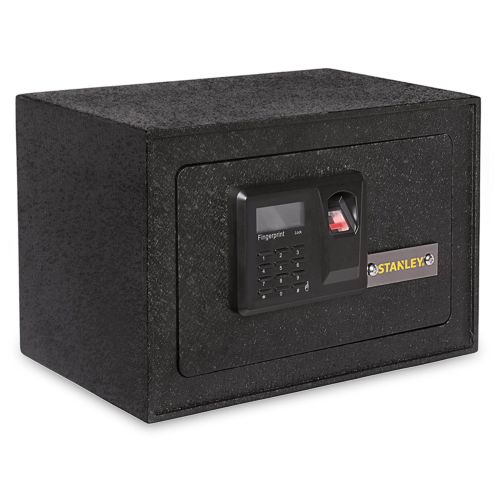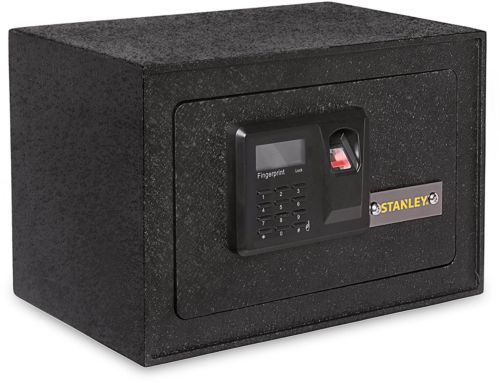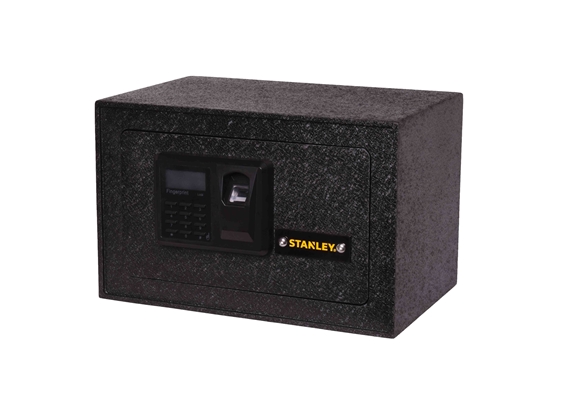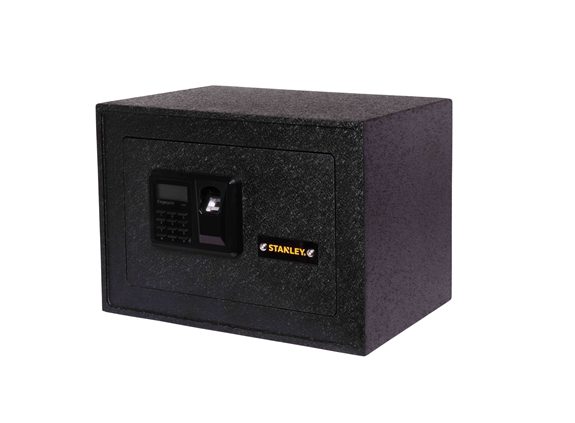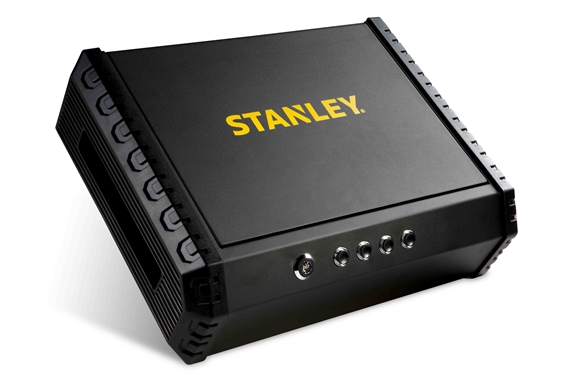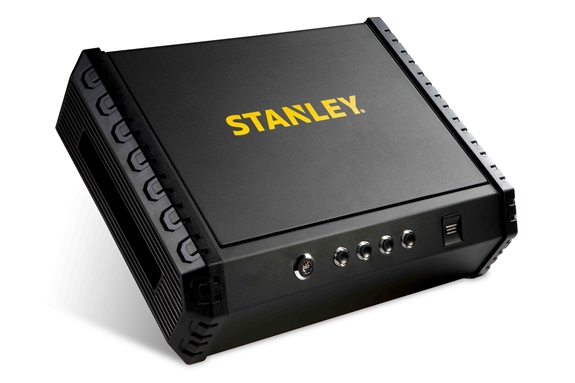Conventional keys and lock are no longer supplying as much safety as we’d love to think. Advancements in technology have brought us biometric procedures to safeguard ourselves and our property. These improvements don’t just pay front door locks and luxury machines, they also cover biometric safes, and vaults use for safekeeping valuable items like money, jewelry, computer documents, and firearms.
History of Biometrics
Interestingly, biometrics is not as sophisticated as we think that it is. The Chinese have been using it since the 14th century to identify their teens, by printing their hands and footprints. Back in 1883, French authorities officer Alphonse Bertillon made a method to identify offenders using 11 different bodily dimensions. Finally, there were defects in the system that rendered it unusable, but that became the cornerstone of contemporary researchers and law enforcers in creating greater biometric systems and systems.
Features of a Biometric Safe
The most significant difference between a biometric safe and another safe is that the use of different human traits to verify the identity of someone. The most typical is that a safe that reads the fingerprints of an individual and scans it against a set of fingerprints programmed by the proprietor. If the fingerprint doesn’t match to any of these saved in the machine, the safe stays motionless. Other approaches involve scanning the retinas and discovering the voice pattern of someone. Fingerprints, retinas, and voice patterns of someone are unique to him and him alone. No two men have the same of them.
Biometrics over Conventional Forms of Safety
There are obvious benefits of using biometric safes within conventional lock-and-key safes. Because the individual traits used to start the safes belong to just one individual, it is going to be difficult, if not nearly impossible, for any thief to swiftly break in and break open the safe.
Providers, therefore, appreciate better safety in addition to more convenience because they’re saved from the bother of memorizing PIN codes used on electronic keypad safes and mix codes on older versions. Biometric safes are, undoubtedly, a far cry from the old lock-and-key safes.
Add-ons Make It Better
A biometric safe isn’t infallible. Professional thieves (yes, there’s such a profession), need to understand how to make their way about that so that they could undergo a biometric program. The duo on Mythbusters has aided them showing to the world a fingerprint lock may be started using a high-quality replica of a fingerprint scan. However, the odds of a standard burglar getting to a biometric safe is slim to none. These safes are made from steel which is thicker and more difficult than ordinary safes. The majority of them can also be molded to the ground or into the wall; therefore, robbers can’t just pick it up off the ground and attempt to split it in the home.




